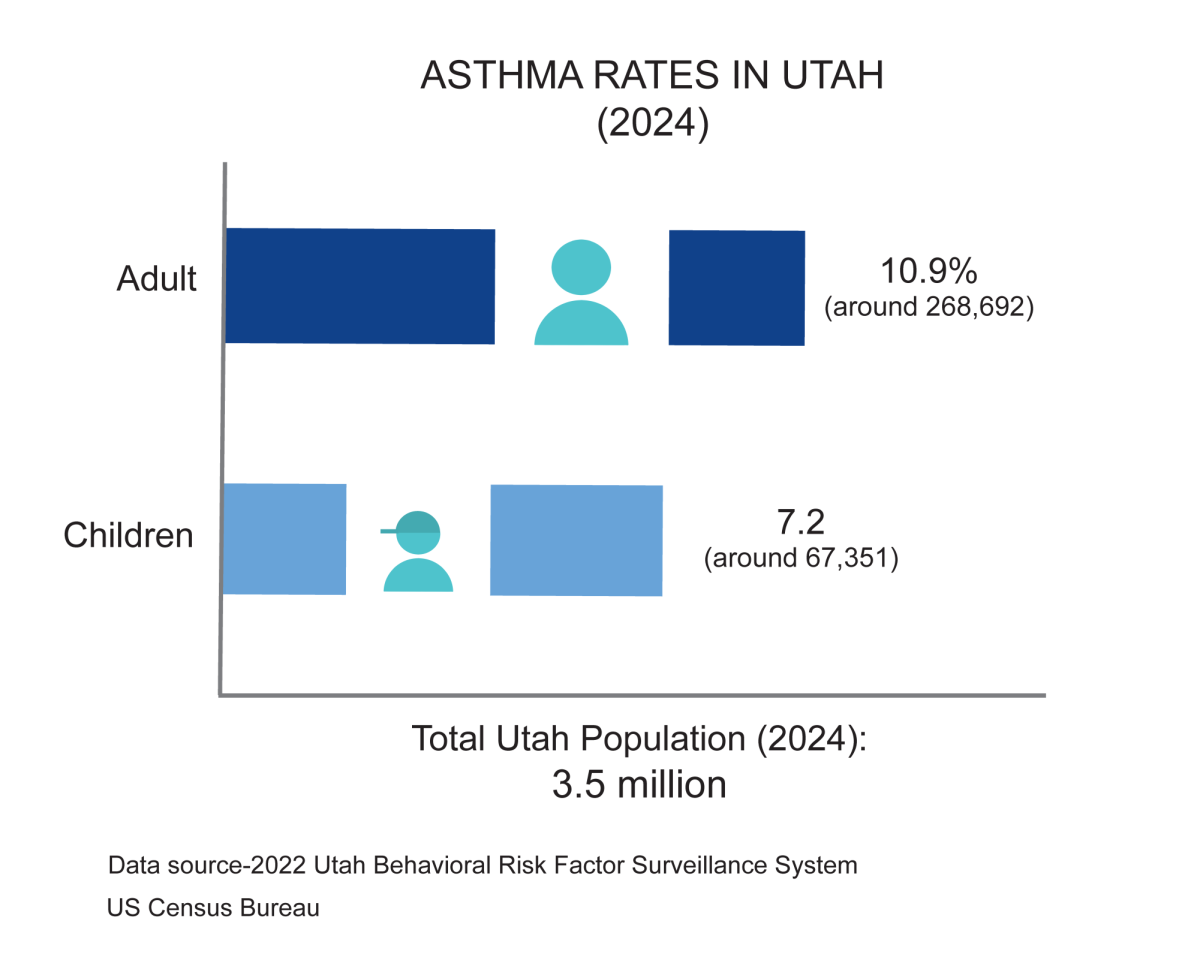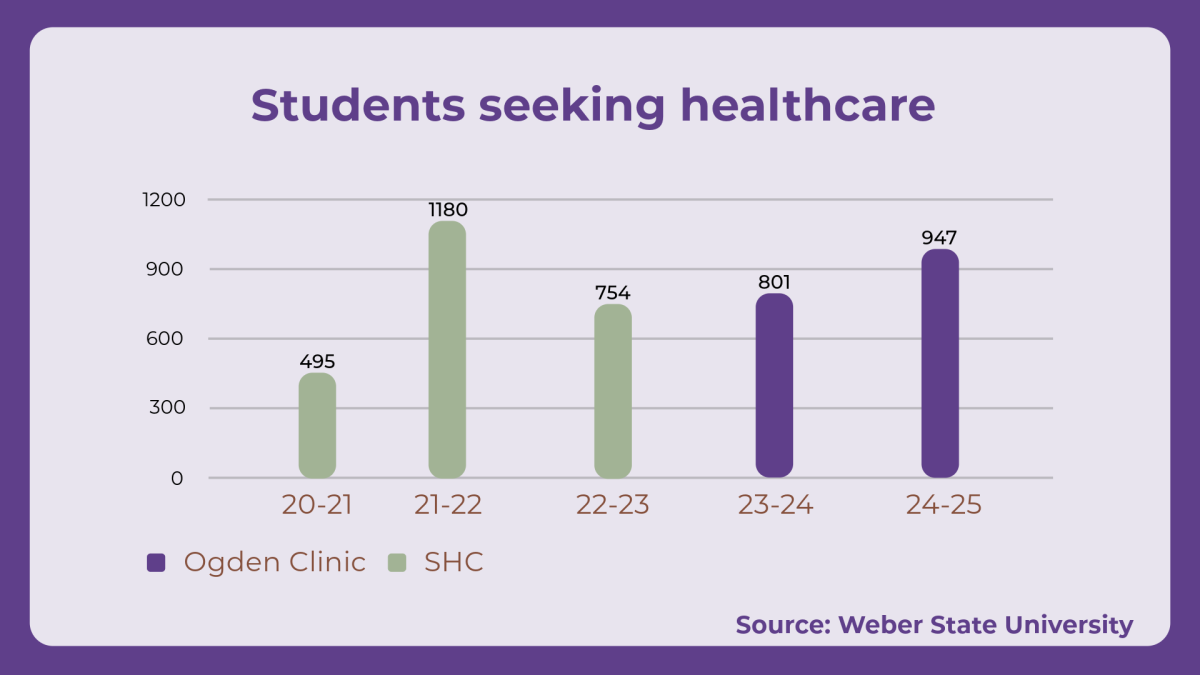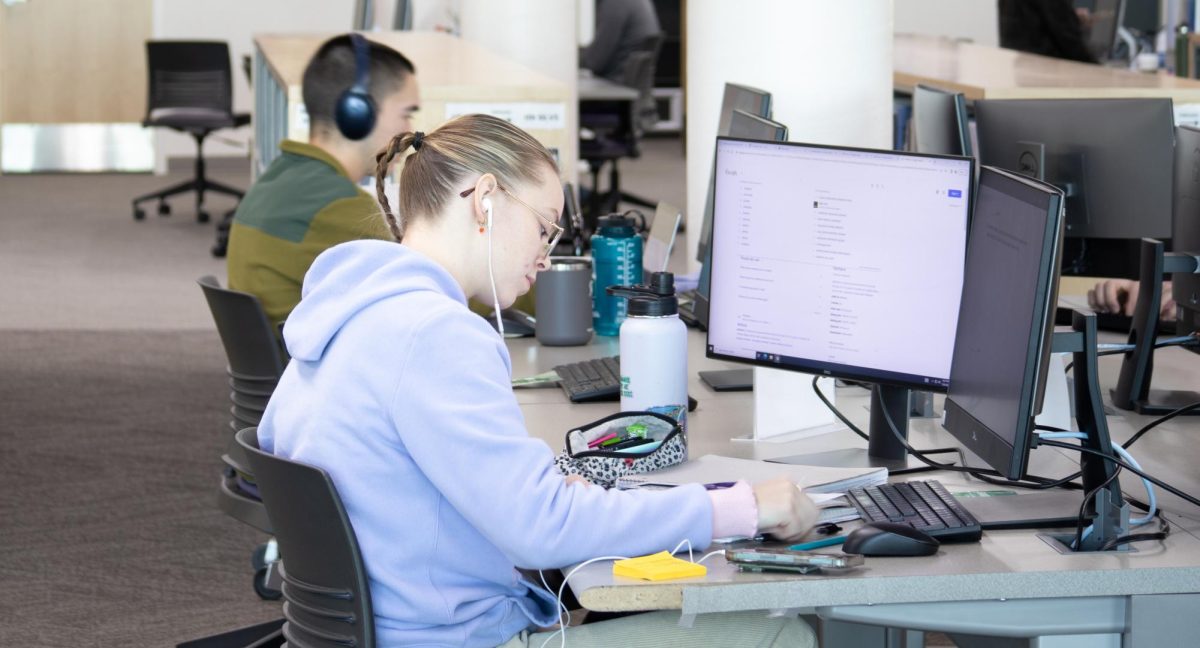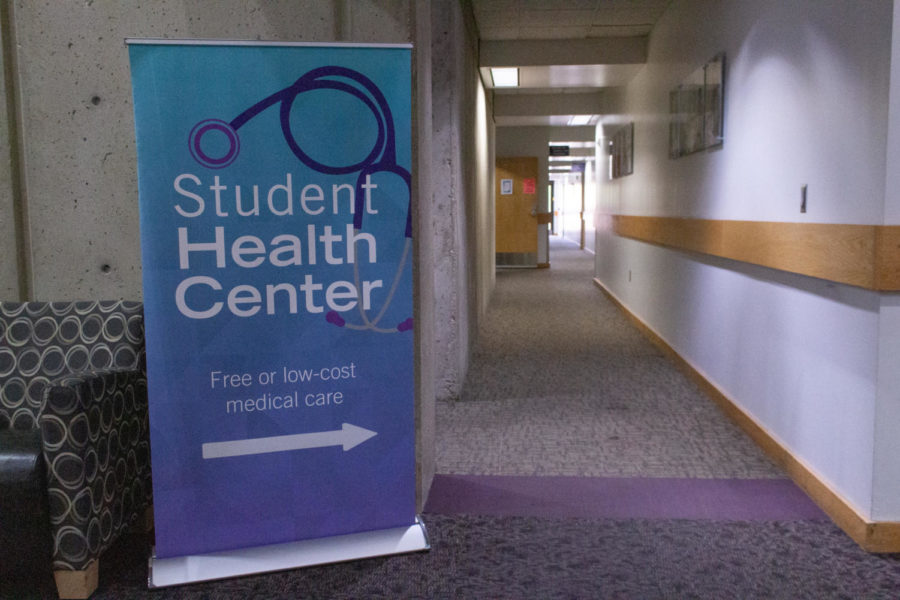
Each year about 1,500 children are born with a birth defect called spina bifida, which is in a group of birth defects called neural tube defects.
Dr. McQuilkin, who works with the medical staff at Weber State University, said that spina bifida has to do with incomplete embryology.
“The cause is often related to insufficient folic acid,” McQuilkin said. “Beyond that, it has to do with genetics.”
Shortly after the child is born, usually in the first 48 hours after birth, a surgery is performed to reduce the chance of infection. The severity differs from child to child.
Some children will be in wheelchairs, and many born with spina bifida develop hydrocephalus, which is a buildup of fluid around the brain. Shunts are put in place to drain the fluid.
The least-severe form of spina bifida which, according to McQuilkin, about 10 percent of people have, occurs when the vertebrae over the spinal cord is not fully formed. In the most extreme cases, a hole is in the child’s back at birth.
The treatment of spina bifida will depend on the individual, symptoms can be alleviated, but not the disease does not have a cure.
Dru Terry, an Ogden resident has a son named Rhenik who was born with spina bifida.
Terry’s first thought after learning of the defect was, “Is there anything we can do to fix it before he is born?”
However, Terry and his family believe they were given a special child for a special reason. Rhenik is now growing and improving everyday.
Weber State University offers articles online that provide definitions, effects, diagnosis, treatment and other general information about spina bifida and other disabilities.
Ashley Buie, who works in the Services for Students with Disabilities office, said their help is personal and custom-built for each person and there are many options available, including counseling and one-on-one help.
“I hope people give it a chance,” said Buie.
Many are trying to raise awareness for this birth defect. There are websites like the Spina Bifida Association and magazines dedicated to supporting those affected by it.
More research will be done on spina bifida in the future. For the Terry family and others with similar situations, there are multiple ways that spina bifida can be treated.
For now, families affected by spina bifida will have to wait until a cure is discovered.







